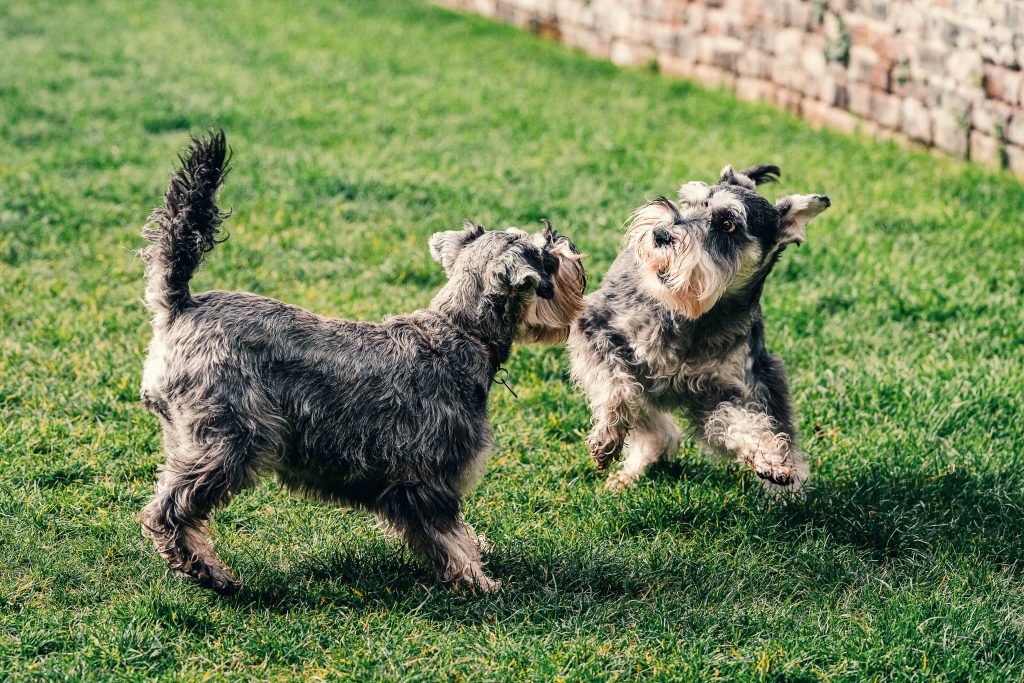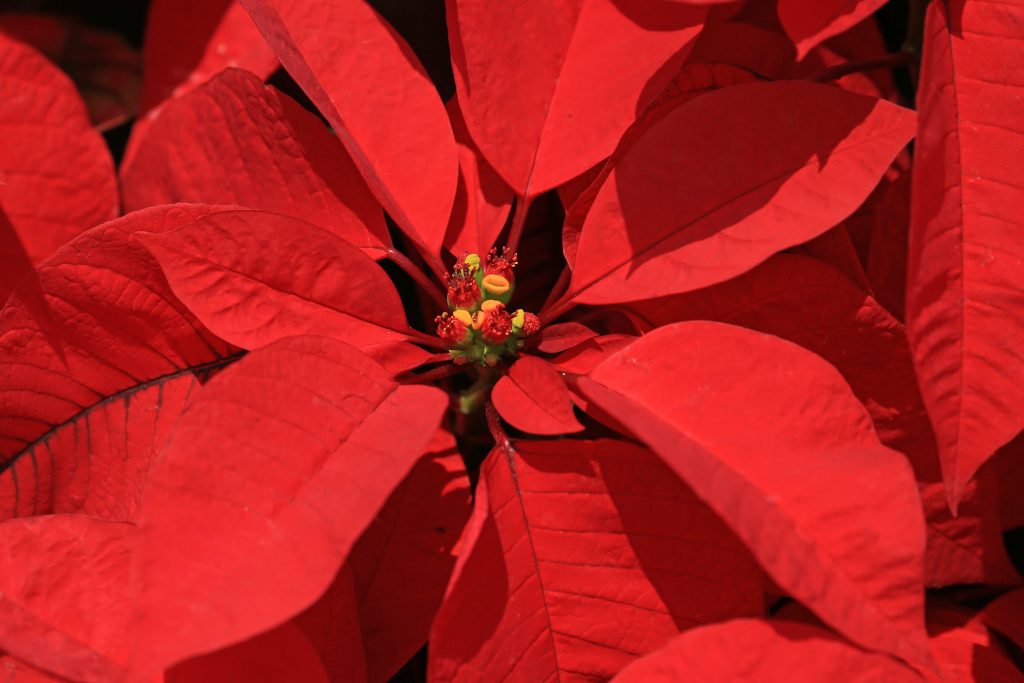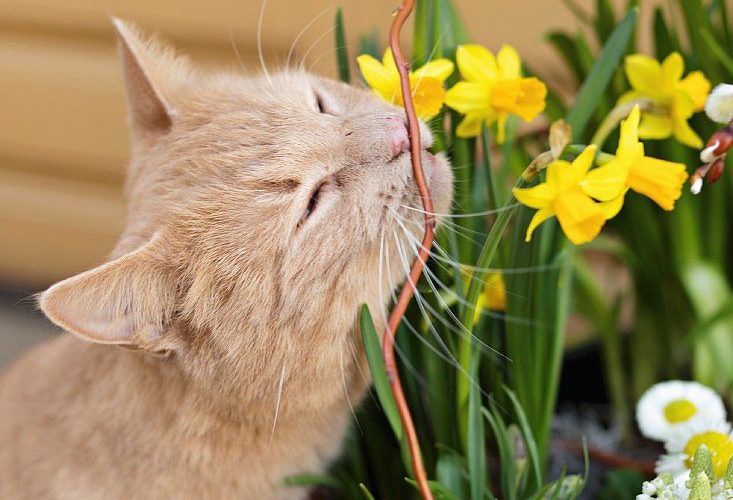Being able to move into or purchase a property with a garden is an avid gardener and pet lovers dream. This allows us the space to hone green thumbs while providing our four-legged friends with their very own piece – however small! – of the great outdoors.
While our animals might enjoy the plant life indiscriminately, not all foliage loves them back. Some plants are too delicate (or delicious!) to survive life with rambunctious pets and others can even cause your furkids harm.
Want to create the perfect green sanctuary that the whole family will enjoy – furry members included? Here’s how to create one that’s safe and strong and stunning.
Grass roots
In most parts of Mzansi, it can be a real challenge to grow and maintain a decent lawn. It requires a lot of water which, as we know from living through droughts, is a resource not to be taken for granted.
Pets love grass and they are also really good at destroying it! One way they do this without even meaning to is when they pee. The urine can burn the lawn and leave dead, brown patches. Fortunately, there are a few ways to prevent this:
- Keep a filled watering can in your garden. Spring into action when your dog goes to relieve themselves and rinse the area immediately to prevent the concentrated urine from doing damage.
- Make sure your pet stays well hydrated. The more water they drink, the more their urine becomes diluted, reducing the severity of the burn marks on the grass.
- Invest in a pet rock. Available from many brick-and-mortar and online pet supply stores, these are placed at the bottom of their water bowls to purify the H2O for a more alkaline stream.
Another solution? Artificial grass! Many local companies now produce pet-friendly versions that look just like a real lawn but require far less maintenance. Everyone wins!

Strong shrubs
Anyone who has raised a pet and lived through their adolescent years will know that not all plants will survive this phase. Most flowers are just too delicate and will be shredded, flattened or ripped out at the roots before you can say ‘bad boy!’
There are, however, some plants that are hardy enough to withstand the rough and tumble but still beautiful to look at. These include:
- Heather: These evergreen shrubs have pink, purple and white flowers. They have a sturdy base and recover quickly from animal-related wear and tear.
- Fuschias: Not only do these pink and purple hanging flowers look gorgeous, but they are fast-growing bushes and incredibly resilient, versatile plants.
- Lavender: The fragrant flowers are known for their relaxing properties. It’s also a low-maintenance plant that’s rugged and not easily damaged by pets.
Poisonous plants
Many animals enjoy chewing on and eating foliage. In most instances, this is no cause for concern, but some vegetation can be toxic to our furry friends.
Plants commonly found in gardens across SA that should raise alarm bells when consumed by your pets include:
- Syringa berry tree: When ingested, the berries produced by this tree can cause spasms, breathing difficulty, seizures and even, in some cases, death.
- Cycads: These prehistoric-looking plants are popular indoors and outdoors, but their seeds can be deadly so are best removed to ensure safety.
- Poinsettia: These red blooms are an iconic Christmas plant but can cause drooling, vomiting and diarrhoea when chewed on by inquisitive kitties.

- Delicious Monsters: These might make a great prop for a photo shoot, but can lead to pain, irritation, difficulty swallowing and vomiting if eaten by pets.
- Oleander: These pink and white blooms are everywhere and should be removed from your garden as they can cause heart failure if consumed.
In case of emergency
Suspect that your furbaby has eaten a toxic plant or is displaying scary symptoms? Don’t wait – take your pet to your nearest 24-hour practice (if after hours) or your family vet immediately. Better safe than sorry!
Keep this number on your phone and your fridge so that you know who to call if it ever happens again.
Safe and sound
Growing your own food? Amazing! But if your pets love their fruit and vegetables as much as you do, how do you keep your edibles safe from hungry hounds and curious cats?
Strong-scented herbs, like sage and rosemary, can spruce up a meal and deter cats. Putting bricks under some of the surrounding soil (in such a way that they don’t interfere with the root systems) can also prevent pets from digging.
The best method to keep your edible plants safe, though? Putting up temporary fencing. Some mesh over the top can also prevent jumpers from sneaking in from above.
Food for thought
If your pets enjoy your homegrown veggies, why not add some to their meals? Pumpkin, butternut, beans, zucchini, peas, carrots, cucumber, lettuce and spinach are all safe for animals to consume and will add extra nutrients to their diet.
Bugging out
We should all be encouraging more bees, nature’s buzzing pollinators, into our gardens. But when these insects and pets collide, someone can get hurt!
If you think your pet has been stung, here’s what to do:
- Try to get them to calm down. Once they’ve settled, carefully remove the sting with tweezers. You might want to enlist help from the family to keep them still.
- Make a paste of baking soda and water and apply to the area to suck out any venom. Then apply an ice pack wrapped in a cloth to ease swelling.
- Provide your pet with some fresh water and a blanket and keep a close eye on them. If they start showing signs of an allergic reaction, get them to a vet immediately.
ALSO SEE: How to manage your pets allergies

